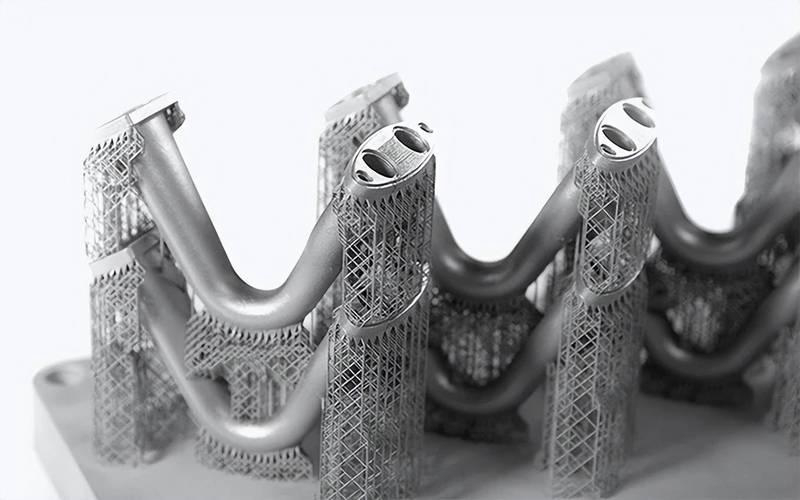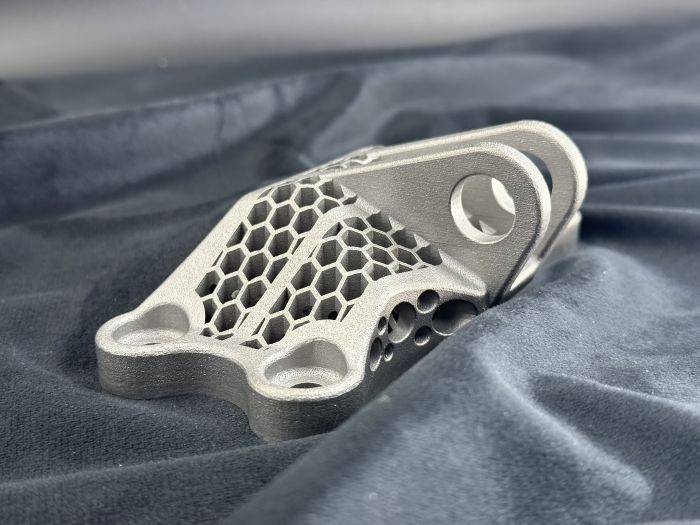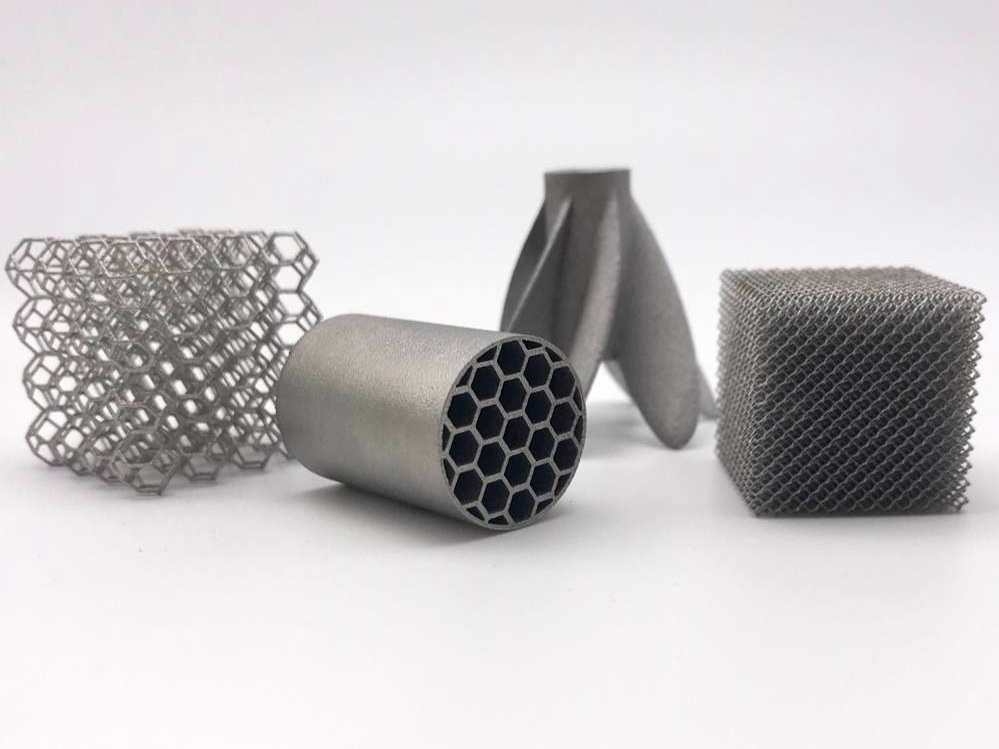¿Cómo mejora el tratamiento térmico las propiedades mecánicas de los metales impresos en 3D?
Tabla de contenidos
How Heat Treatment Improves the Mechanical Properties of 3D Printed Metals
Addressing As-Built Limitations of 3D Printed Metals
Key Benefits of Heat Treatment for 3D Printed Metals
Examples of Heat-Treated 3D Printed Components
Recommended Services for Mechanical Optimization
Español / ES
Título
¿Cómo mejora el tratamiento térmico las propiedades mecánicas de los metales impresos en 3D?
Descripción
El tratamiento térmico aumenta la resistencia, ductilidad y estabilidad de los metales impresos en 3D al aliviar tensiones y refinar la microestructura. Neway 3DP ofrece soluciones térmicas de nivel industrial.
Palabras clave
tratamiento térmico 3D, alivio de tensión metálica, recocido de titanio, procesamiento térmico Inconel, postratamiento metálico aditivo, HIP para piezas 3D, temple de acero herramienta, tratamiento aeroespacial
Related Blogs
Suscríbase para recibir consejos de diseño y fabricación de expertos en su bandeja de entrada.
Compartir esta publicación:



